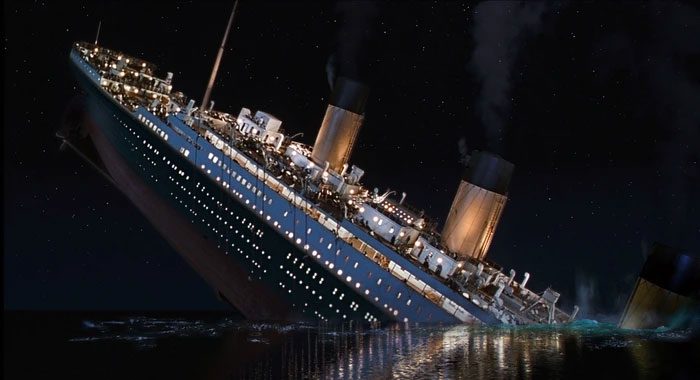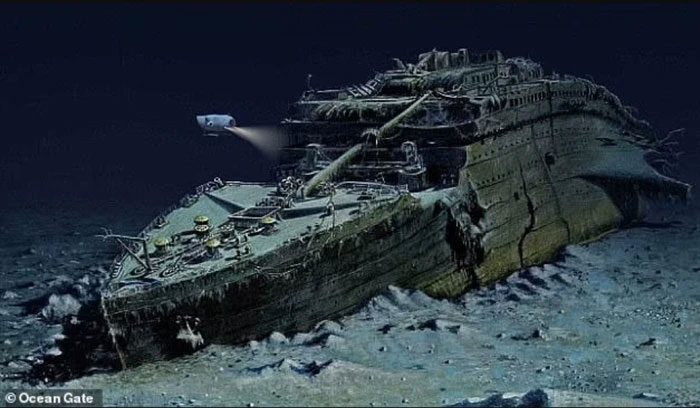What Causes the Bodies of Titanic Passengers to Forever Remain Unretrievable?
In 1912, the RMS Titanic was considered the most luxurious ship of its time. Its maiden voyage was set to carry approximately 2,200 passengers along with crew members from the port of Southampton (UK) to New York (USA).

The Titanic, carrying over 2,200 people, faced a devastating shipwreck.
However, on April 15, while the ship was about 600 km from Newfoundland (Canada), it encountered a horrific disaster when it struck an iceberg in the North Atlantic. This accident resulted in approximately 1,500 passenger fatalities.
Among the 1,500 who perished, about 340 bodies wearing life jackets were recovered from the water. However, around 1,160 bodies remain submerged on the ocean floor, never to be seen again, despite many of their belongings being salvaged and displayed in museums long ago.
What Happened to the Bodies of the Passengers?
One surprising fact about the Titanic is that although it sank in 1912, it wasn’t until over 73 years later that the wreck was discovered on the ocean floor.
According to RMS Titanic Inc., the company that holds the rights to the Titanic wreck, in the 111 years following the disaster, no human remains have ever been found despite the discovery of personal items such as clothing, shoes, and watches belonging to the victims.

Many personal items of the passengers were found near the Titanic wreck.
James Cameron, director of the blockbuster film Titanic (1997), who has dived to the Titanic over 30 times, shared with the New York Times: “We have seen clothing, we have seen shoes. This indicates that there surely were bodies there, but we have never seen any signs of human remains.”
One explanation is that many passengers and crew members were wearing life jackets. Although they did not fulfill their primary purpose of keeping the wearer afloat long enough for rescue, life jackets did cause the bodies of the unfortunate passengers to float.

A life jacket found at the Titanic wreck.
Subsequently, ocean storms after the sinking could have quickly swept the bodies away from the accident site. Additionally, over time, ocean currents would have carried the victims further away.
Bodies trapped in the wreckage may also have disappeared due to the actions of scavenging sea creatures.
However, many remains have been found in older shipwrecks, so why not the Titanic? The explanation may relate to the depth of the accident site.
It is believed that at a depth of nearly 4,000 meters below the ocean, bodies will decompose or be consumed by marine organisms more easily.
Creatures adapted to this unique underwater ecosystem will consume human skin and tissue, but what about bones, which can last for thousands of years?
Professor John Cassella, a forensic scientist at Atlantic Technological University Sligo in Ireland, stated that bones degrade quickly in saltwater: “Bones are made of a mineral called hydroxyapatite, primarily composed of calcium and phosphate, but also contain many smaller molecules. Water aids in dissolving this bone mineral.”

Both the Titanic and the unfortunate victims have dissolved into the deep ocean.
Professor Cassella also noted that it is possible that some human bones still exist within the wreckage after 111 years on the ocean floor, but this depends on the salinity, pH of the water, and the impact of microorganisms.
“There may still be many bones, but they are widely scattered in and around the wreck. Moreover, being covered by sediment will make them harder to detect,” the professor remarked.
With these insights, one can somewhat understand that, like the fate of the Titanic, over 1,000 passengers have also been dissolved into the ocean. Whether their remains are within the wreck or not, searching for human remnants at the Titanic site could disturb parts of the wreck, which is strictly prohibited.


















































